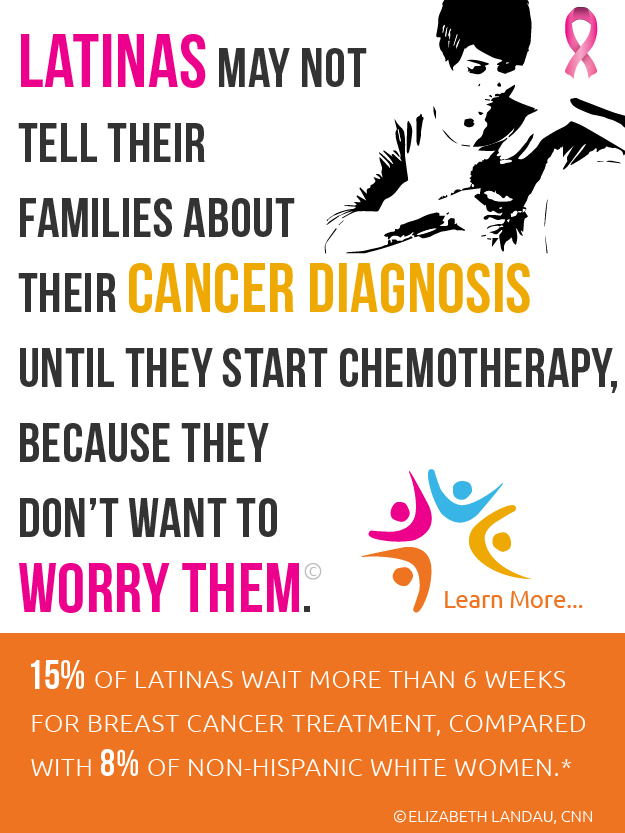
COVID-19, a cold or the flu? How to tell the difference
05/17/2020 06:00AM | 2937 viewsAs California and many other states have taken extreme measures to halt the spread of COVID-19, many people are still finding themselves falling ill, with symptoms ranging from coughs and sore throats to stomach problems and fevers. As an illness comes on, the worry of having contracted COVID-19 looms large.
So how do you know if what you or a loved one has contracted is simply the common cold or flu, as opposed to the more dangerous COVID-19 virus? City of Hope's Jana Dickter, M.D., associate clinical professor in the Division of Infectious Diseases, Department of Medicine, helps us understand how to tell the difference, when to stay home and when to seek medical help.
What Are the Symptoms of the Common Cold?
There are many different viruses that cause the common cold: rhinovirus, human parainfluenza, respiratory syncytial virus — and, actually, coronaviruses are a regular cause of the common cold. Not COVID-19, obviously, but other strains of coronaviruses do cause colds. Most of those symptoms are mild: upper respiratory tract symptoms, cough, sore throat, nasal congestion, some rhinitis (stuffy and runny nose), and discomfort in the ears, nose and face. It tends to be milder than influenza or COVID-19.
What Are the Symptoms of the Flu?
Influenza generally is worse than the common cold, and symptoms tend to be more severe. People often will have fevers in addition to cold symptoms. And while the flu can also cause sore throat, cough, runny/stuffy nose, fatigue and headaches, it may also cause body aches and GI upset. Influenza has more serious complications, which can include pneumonia, and in some serious situations it can cause inflammation of different parts of the body, including the heart, causing something called myocarditis; or the brain, called encephalitis, which can lead to renal failure and multi-organ system failure and even death. People with influenza could also potentially be susceptible to “superbug” bacterial infections.
What Are the Symptoms of COVID-19?
COVID-19 symptoms are similar to flu symptoms, including fever, cough, muscle aches, fatigue and lack of appetite. Like the flu, the infection can also become more serious, with symptoms of shortness of breath on exertion or at rest. Loss of the ability to smell or taste has also been identified as an early symptom.
How Can You Tell the Difference?
It's difficult to tell the difference, as there is quite a bit of variability in the symptoms. Some people have no symptoms, some people have mild symptoms and some have serious symptoms. If a person has a stuffy and runny nose, a sore throat and congestion without a fever, they probably have a cold. If a person is having more serious symptoms with a fever, body aches and shortness of breath, this may indicate a serious infection. Anyone with a mild illness, without problems breathing, should self-isolate. However, anyone who is experiencing problems breathing should seek medical attention.
How Are These Different Illnesses Spread?
All of these viruses are spread in a similar way, via hand contact like direct contact with another person who's infected and is coughing or sneezing, or from touching contaminated surfaces. In addition, droplets can become airborne from coughing and sneezing that someone else can inhale and become infected.
Why Is COVID-19 Different From the Flu?
The difference between flu and COVID-19 is it seems that COVID-19 may be more contagious than influenza. One person with the flu usually infects between 1.1 and 1.4 people, whereas it seems that COVID-19 might have an infection rate almost double that. So it appears to be much more contagious.
When Should I Stay Home and Self-Manage My Illness?
If you are mildly ill, we really, really would request for people to stay home and just rest it off and stay hydrated. Only come in if you're having serious problems, such as if you start having shortness of breath or things along those lines. Because every time someone who is mildly ill with symptoms of the common cold goes in to get tested for COVID-19, they are preventing someone more seriously ill from getting the attention they need. Right now, in Los Angeles County, they are asking that people who are home, who can get around without difficulty and who aren't feeling terribly sick, to not get tested or go to an emergency room.
When Should I Seek Help for My Illness?
If you become very sick with a high fever, worsening symptoms and difficulty breathing, see your primary care physician or seek care immediately. People who are older, have medical problems and/or are immunocompromised (such as cancer and transplant patients) are at higher risk for having severe complications with COVID-19. So, when do you come in? The first step is to contact your oncologist or transplant physician to assess the need for urgent evaluation. Please note that you could be at risk for other infections as well. The time to seek help is when you're feeling short of breath or have noted worsening symptoms.
What Are the Ways to Stay Healthy in This Time of Pandemic?
The best thing to do right now is stay home, do not go out in public places, and if you do need to go out, be sure to wash your hands and avoid touching your face (eyes, nose and mouth). If you're going out in public places and cannot wash, use an alcohol-based sanitizer, which has to contain at least 60% alcohol, after being in a public place. Get a flu shot if you haven't had one yet. Unfortunately, there is no vaccine right now for COVID-19. There are efforts to create a vaccine, but right now, other than social distancing (staying 6 feet or more apart when interacting with people), staying home, avoiding people who are sick and washing your hands, there's really not much else to do. There's no data that supports any prophylactic medication to prevent infection that's currently available.











Post your Comment
Please login or sign up to comment
Comments